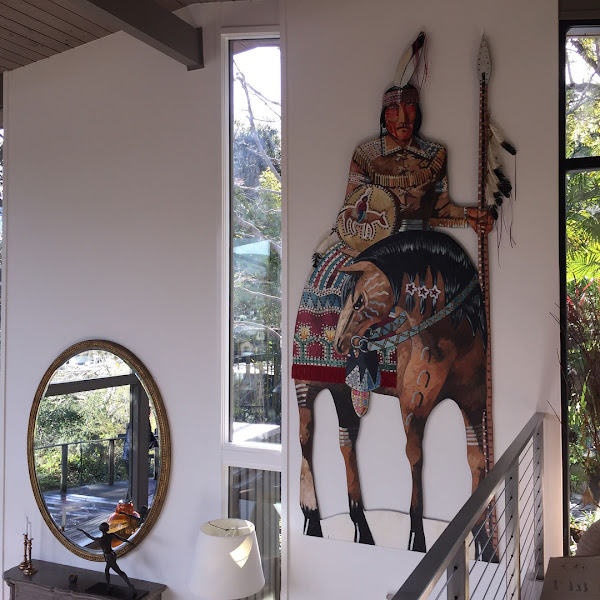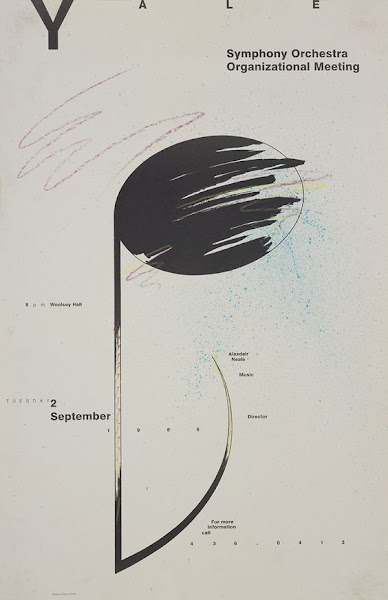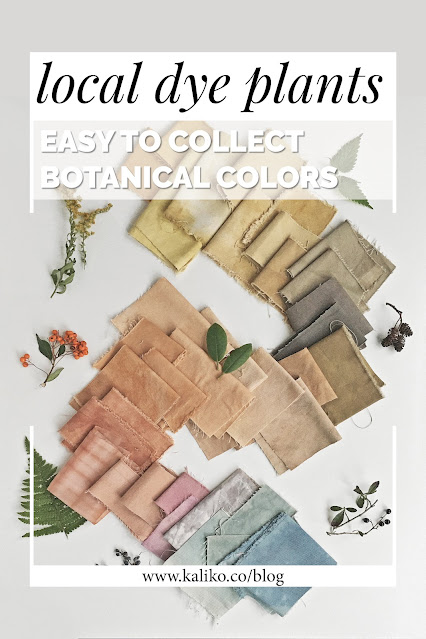Sunday, October 31, 2021
The horse and rider
Friday, October 29, 2021
Never too early
Earth pigments
It is probably my fascination with sand, my sand collection and variety of colors in all of the samples. Also, my favorite colors are really earth tones. I call my wardrobe color: "Moss on Rocks". I love wild and vibrant colors but I am miserable when picking them in wardrobe form. And really nothing in our house is very vibrant except our Oaxacan art collection.
Earth Pigments offering up some vibrant colors. How to make natural pigments from foraged raw resources
I follow Wild Pigment Project on Instagram because I am fascinated with where and how they find their pigments. Lots of artist are participating.
Heidi Gustafson is always busy running up and down mountains trying to find the best color pigments, here is her story.
Karen Vaughan, soil-based ecologically considerate watercolors.
Ochre Sanctuary is an evolving, living place that serves to protect and care for ochre, ie. iron-based earth and pigment wisdom. It’s currently based in tiny cabin in far north Cascade foothills of Nooksack territory, Washington, USA.
2,500 Pigment Samples Collected from Around the World Are on Display in Harvard’s Labs.
Types of Soil Color: Highlighting Wisconsin State Parks & Forests
Clear or White Soil Color
They may be white from which they may be influenced by calcium and magnesium carbonates, gypsum or other more soluble salts. Often, a white layer, mostly quartz occurs between organic matter on the surface where pigments were removed (Wisconsin State Soil).
Brown Soil Color
Brown soils might be brown from decaying plant material. The darker color often indicates an increase in decomposed organic matter known as humus. Soil has living organisms and dead organic matter, which decomposes into black humus. In grassland (prairie) soils the dark color permeates through the surface layers bringing with it nutrients and high fertility Deeper in the soil, the organic pigment coats surfaces of soil, making them darker than the color inside. Humus color decreases with depth and iron pigments become more apparent. In forested areas, organic matter (leaves, needles, pine cones, dead animals) accumulates on top of the soil. Water-soluble carbon moves down through the soil and scavenges bits of humus and iron that accumulate below in black, humic bands over reddish iron bands.
Yellow or Red Soil Color
Yellow or red soil indicates the presence of oxidized ferric iron oxides. The red color might be mainly due to ferric oxides occurring as thin coatings on the soil particles while the iron oxide occurs as hematite or as hydrous ferric oxide, the color is red and when it occurs in the hydrate form as limonite the soil gets a yellow color.
Grey Soil Color
Organic matter plays an indirect, but crucial role in the removal of iron and manganese pigments in wet soils. All bacteria, including those that reduce iron and manganese, must have a food source. Therefore, anaerobic bacteria thrive in concentrations of organic matter, particularly in dead roots. Here, concentrations of gray mottles develop.
Thursday, October 28, 2021
Piecing it together
Wednesday, October 27, 2021
Glass Flowers - so beautiful it makes you cry
One of Harvard University’s most famous treasures is the internationally acclaimed Ware Collection of Blaschka Glass Models of Plants, better known as the “Glass Flowers." This unique collection was made by Leopold (1822-1895) and Rudolf Blaschka (1857-1939), a father and son team of Czech glass artists. Over fifty years, from 1886 through 1936, the Blaschkas produced 4,300 glass models that represent 780 plant species.
Bamboo insect
Tuesday, October 26, 2021
New "lounging" outfit
I usually don't rave clothes, well, I usually don't buy new clothes. Bri came home the other day with the best, sofest, sweatshirt from Old Navy and I ordered a few colors and these terrific comfortable, super soft pants. And checking out I got 50% off the total. Win, Win. I think I had some promotion code.
Hate in America
More thoughts from I Could Be Wrong.
There is so much hate in America today. I wonder how we got here or was there always this hate just lying beneath the surface all along? You can say that it is new, but, when you look at World history you begin to think maybe not. There had to have been a lot of hate in Germany to murder 6 million Jews. Since then we have had other genocides like the Bosnian Genocide and the death of over 100,000 people and the Rwandan Genocide that killed some 800,000 people. Americans like to think of themselves above such things but if you really look at our own history you know we are capable of becoming the same. Just look at what we did to the American Indian. There are so many incidents of genocide of the American Indians; to study them all would probably take years. Instead of studying it we bury it, we don’t want it taught in our schools. On a smaller scale we have situations like Rosewood in Florida where they destroyed an entire Black Community and where up to 150 Black members of the community may have been killed. Black Wall Street where as many of 300 lives may have been taken. Neither one of these incidents were mentioned when I was in school. We will never let Germany forget what they have done and they shouldn’t forget. We should never forget what we have done in this country either. It should be studied and as a nation recognized and mourned.
In Wikipedia I looked up Genocide and in the article they said that there were eight stages:
1. People are divided into "us and them".
2. When combined with hatred, symbols may be forced upon unwilling members of pariah groups.
3. One group denies the humanity of the other group. Members of it are equated with animals, vermin, insects, or diseases.
4. Genocide is always organized... Special army units or militias are often trained and armed.
5. Hate groups broadcast polarizing propaganda. 6. Victims are identified and separated out because of their ethnic or religious identity.
7. It is 'extermination' to the killers because they do not believe their victims to be fully human.
8. The perpetrators... deny that they committed any crimes.
When I look at the list above I get a little scared. How many things on that list are happening? We are divided now more than any time that I can remember and I am not a young man. We have those flag waving Trump supporters and their hate speech that is meant to intimidate. They have called Democrats the enemy of the people and have compared them to Satan. We have called all Mexican criminals and rapists. We have people that are forming or have already formed militias to intimidate and suppress. We have conservative broadcasting that is just sending out propaganda. I see the first 5 on the list happening to some degree right here at home. If this does not scare you it should. Our Democracy was attacked by domestic terrorist. The key word there is domestic. They were sent by the outgoing President of the I United States. What would have happened if they succeeded? Do you ever think about that because I do?
Do not tell me that it couldn’t happen here because we are a Christian nation that follows Jesus when it already has. The United States is responsible for the deaths of millions American Indians. Those were Christians that decimated the Indians. It was also Christians in Germany that demonized and killed 6 million Jews. The church mostly just turned their backs on the whole thing and in a lot of cases pretended that it wasn’t happening. In the United States the Church in many cases believed that the Indians were just heathens and savages. Were there any arrested from the attack and murders in Rosewood and with Black Wall Street? I am pretty sure you already know the answers to that. I am afraid for our future and the lawlessness that is being unleashed in this nation. We need accountability and it must start from the top. The Department of Justice and the courts should not turn their back like the courts did in Germany. The courts did nothing to stop Hitler like our DOJ is doing nothing to stop the downfall of our democracy, My last thought. The first 4 books of the Bible, Matthew, Mark, Luke and John may be 4 of the most liberal books ever written. If people really had followed the words of Jesus all the atrocities that happened in the name of God would never have happened. If you really think about it there should be no such thing as a Conservative Christian.
Sad but true
Natural dyes
Have you ever walked into the yarn section and your senses light up like a pinball machine with all the beautiful colors and textures? Even through you don't knit, you think about taking it up so you can buy a skein of something? It happens to me all the time and resist the urge because ... duh, I DO not need another project.
You know how some things just fascinate you, although you know you will probably never participate in doing it? I was watching something the other night and there was a segment on a wool artist and her talking about the process of dyeing her own wool. Not something I want to do, but I LOVE looking at the final results and lovely, subtle colors. It is so interesting to see what you can use to create a natural dye.
From a Beautiful Mess, Experimenting with Natural Dyes, and well, they are dyeing linen, which I would love to try.
Avocado Pits=light peachy pink on linen, light peach on silk, light blush on wool
Marigolds=light yellow on cotton and linen, olive green when used with iron
Turmeric=bright tangerine on linen, bright yellow when mixed with white vinegar
Yellow Onion Skins=warm orange on linen
Red Onion Skins=grayish purple on linen
Madder Root=bright rust on linen
Cochineal=bright cranberry on linen and silk
Hibiscus=a cool pink on linen
This book look like an interesting introduction to the process: Botanical Colour at you Fingertips.
This is from Kiliko.com
Yellow
chamomile - pale yellow
birch leaves - pale yellow
goldenrod - sunny yellow
purple budleja - sunny yellow
marigolds - sunny yellow
Green
marigolds - olive green with iron
birch leaves - olive green with iron
nettles - pale green, pale grey with iron
ferns - light green to red-pink
Orange and pink
rhododendron leaves - pale orange (toxic)
willow leaves - orange-red
firethorn berries - orange-red
bracken fern
hibiscus flowers - orange-red to light blue-green
Purple and Blue
mahonia berries - purple
elderberries - pale purple
oak galls - grey-purple with iron
ligustrum berries - blue (toxic)
black hollyhock - blue to grey
Brown and Grey
oak leaves - beige, grey with iron
acorns - brown-beige, grey with iron
alder cones - brown-beige, grey with iron
walnut leaves - deep brown
walnut skins - deep brown
Kitchen waste
turmeric - yellow
pomegranate skins - yellow
onion skins - orange
avocado skins and pits - pink
black tea, coffee - beige-brown
rosemary - grey
sage - pale green
….and two lovely but very fugitive colors
red cabbage - purple
black beans - grey-blue
Feast your eyes on these dye colors!
NatureColorsEU on Etsy. Dyers’ Coreopsis (Coreopsis tinctoria) over on Wild Colours, also lots of history on dye colors.
Lots of fun dyes on Hooked and Dyed, Hollyhock, carrot tops , mushrooms! Who knew!




































































